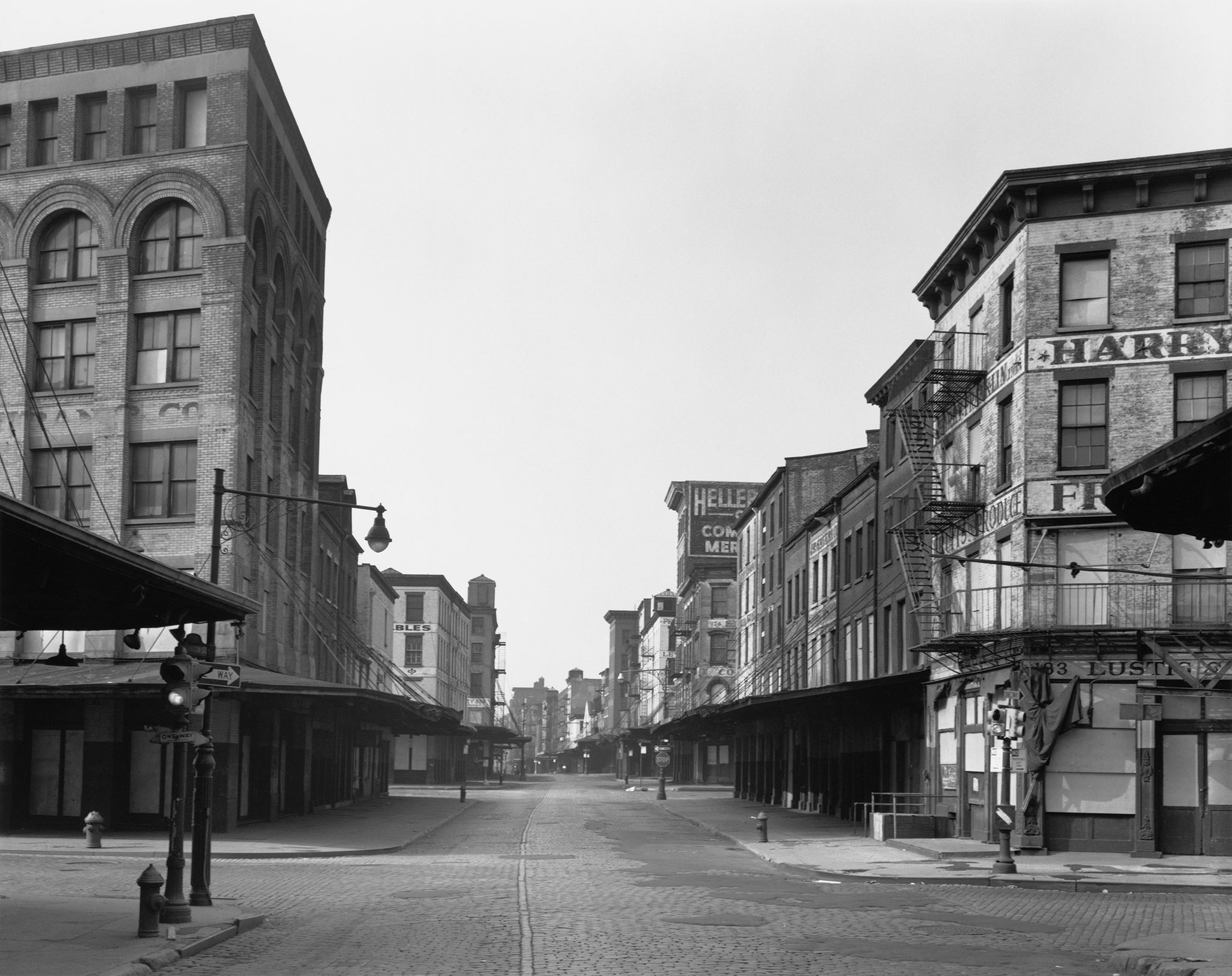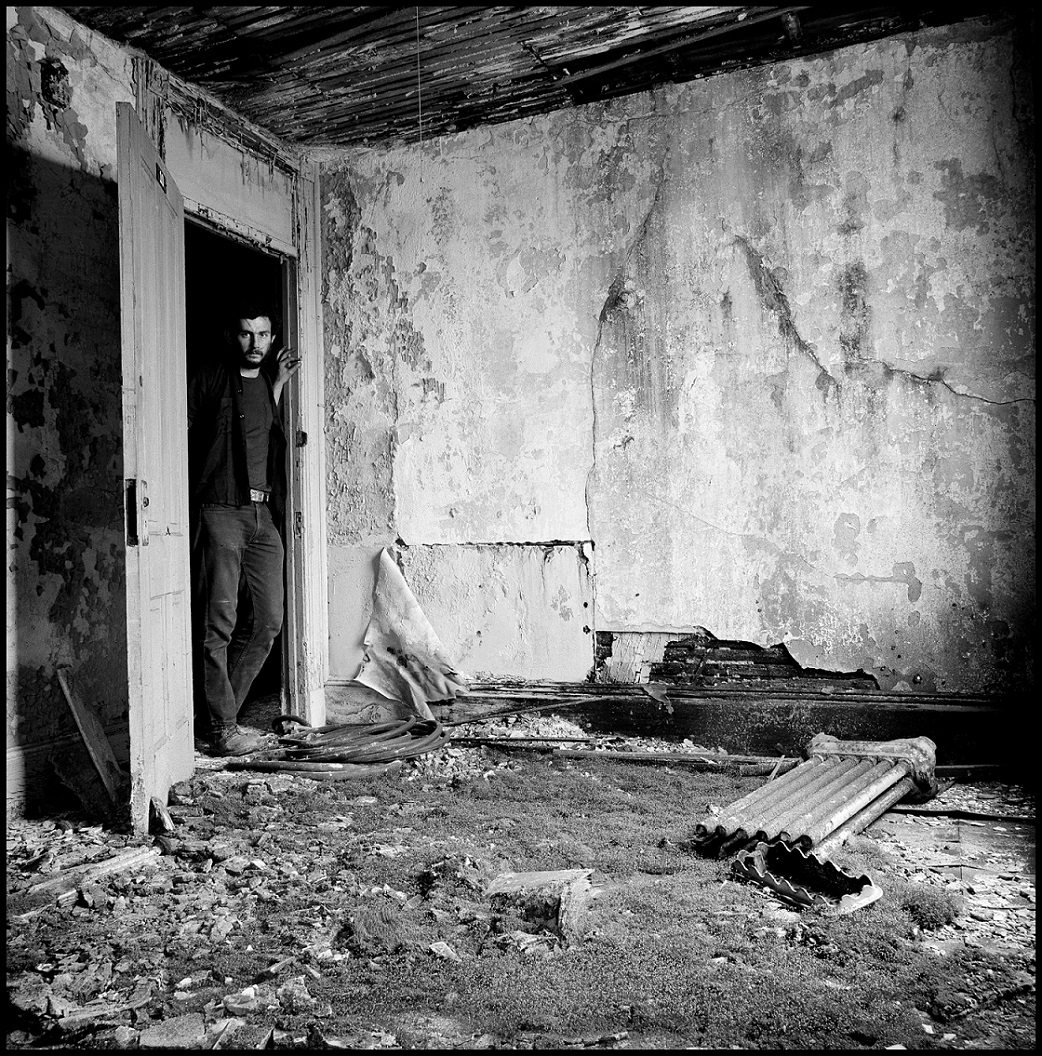Lifting a burner to cut the bolts of the cast iron facade of no. 82 Beekman Street, 1967 by Danny Lyon. / © Danny Lyon / Magnum Photos. Courtesy ICO Museum.
The exhibition approaches the city of the twentieth century, a Manhattan (New York) where the transformation process has been constant. Danny Lyon masterfully portrayed one of its most convulsive moments of change, after returning from Chicago in 1967.
A Manhattan immersed in one of its most profound transformations around the Brooklyn Bridge, Washington Market and West Street, which in part would give way to a new system of public squares but especially a demolition that among others would give way to the emergence of a new financial and commercial heart, the World Trade Center.
At the age of 25, an incipient prestige and consolidating himself as one of the most influential young photographers in the United States, Danny Lyon's project begins after having shared the previous two years with the Chicago Outlaws motorcycle gang, a period in which he would make The Bikeriders , one of his first works.
After arriving in New York, he accidentally settles very close to one of the two areas that were in the process of being demolished, in a short time, intuitively at first and later with a very ambitious project approach, he decides to record this transformation with his camera.
Danny Lyon documented the demolition by hand of 24 hectares of buildings in downtown New York mostly built in the 19th century, with buildings that, in some cases, dated back to the Civil War, the area that best remembers the first Dutch settlement, far from the development of the 1811 plan.

Calle Washington. Vista hacia el norte desde la calle Chambers, 1967 por Danny Lyon. / © Danny Lyon/Magnum Photos. Cortesía Museo ICO.
The photographs are the reflection of an urban debate that began in 1960, a wave of real estate speculation, which exemplifies the constant debate of urban transformation.
Danny Lyon wanted to draw an interior and exterior photographic map of these urban spaces, a document that would allow their subsequent visual reconstruction in as much detail as possible. "In the best of cases this plan will be a failure since the only thing I can hope for is to create an outline of what has been lost," Lyon would say.
As a result, many of the photos are spaces photographed from different visual positions, closing the circle with images of the demolitions.

Susquehanna Hotel, 3rd Floor Grass Room, 1967 by Danny Lyon. / © Danny Lyon / Magnum Photos. Courtesy ICO Museum.
This work is also the memory of places, of inhabited spaces, of the people who lived there, of spaces abandoned after the expropriations, spaces almost as if they were still alive. A project that he described as "very sad, except for the demolition workers and their work", for whom he felt deep respect, and from whose sample part of the exhibition reflects his portraits.
The ICO Museum also publishes, in collaboration with Aperture, the facsimile edition in Spanish of a fundamental work that, like few before and after, has managed to capture the essence of a disappearing city, its architecture and its last inhabitants. A book that, originally published by The Macmillan Company in 1969, became a cult work and a collector's item.



































